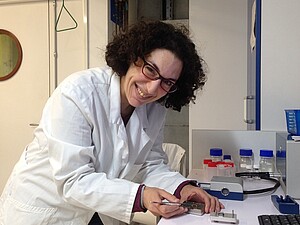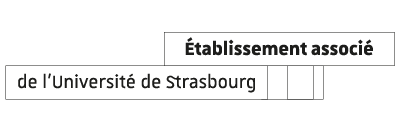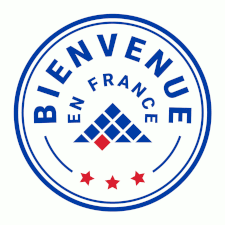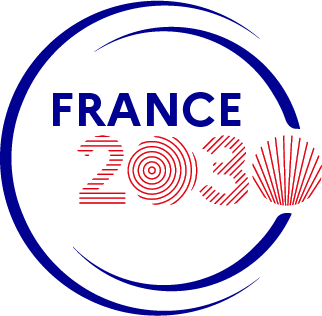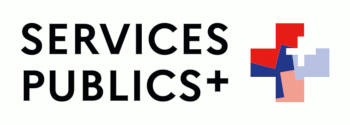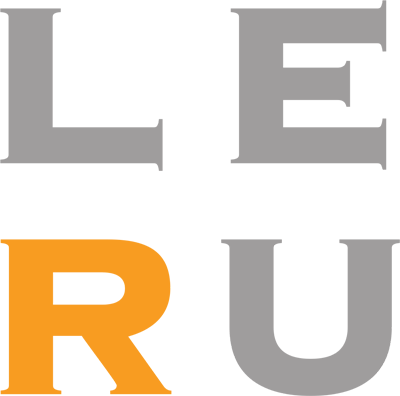By focusing on the ability of mussels to cling to metal surfaces, Fouzia Boulmedais, a researcher at the Charles Sadron Institute, has succeeded in producing a bio-inspired glue capable of binding enzymes to metal surfaces. A discovery for which she has filed a patent and which opens the way to the creation of connected dressings.
Fouzia Boulmedais works in the field of surface treatment to give them functionalities. The idea is eventually to create connected dressings. A process that requires the ability to bind enzymes to a metal surface. The latter allows the sending of electrical energy to convey information on the wound.
To treat these surfaces, the researcher superimposed different layers of positively and negatively charged polymers. A job that requires time. Her discovery was part of a simple question: "How to achieve this coating faster with an electrical stimulus?" This is where the mussels come in. "I had read a study by an American researcher on their ability to cling firmly to metal materials," says the physicochemist, who decided to take an interest in this property.
Blood glucose monitor
"When these shellfish are on a boat hull, they secrete a protein. In this, researchers noticed that there was the repetition of one unit, L. Dopa. It is this unit that I used to make my bio-inspired molecule", says Fouzia Boulmedais. The interest of the molecule is twofold: it can interact with the conducting metal used by the researcher but also with amines, an organic compound present in all enzymes.
To test her hypothesis, Fouzia Boulmedais performed an experiment using glucose oxidase, an enzyme rich in amines. The bio-inspired molecule, mixed with glucose oxidase, is activated by an electric current to stick the enzyme on an electrode. Glucose oxidase measures the amount of electrons released in contact with glucose. Fouzia Boulmedais thus obtains a glucose meter with a new method to give a functionality to a surface.
Detecting a bacterial infection
Next step: applying this bio-inspired method to make a dressing on conductive fibres. Fouzia Boulmedais is working alongside Anne Hébraud, researcher at the Institute of Chemistry and Processes for Energy, Environment and Health. "We are going to work on a connected dressing capable of detecting a possible bacterial infection."
The project is to use an enzyme that will measure uric acid, a molecule naturally present in the wound. "If there is a bacterium, uric acid decreases. This decrease detected using the enzyme will cause the sending of information by the dressing". The longer-term idea would be to treat microelectrodes with a different enzyme, which would make it possible to perform several biological tests with a single sample.

